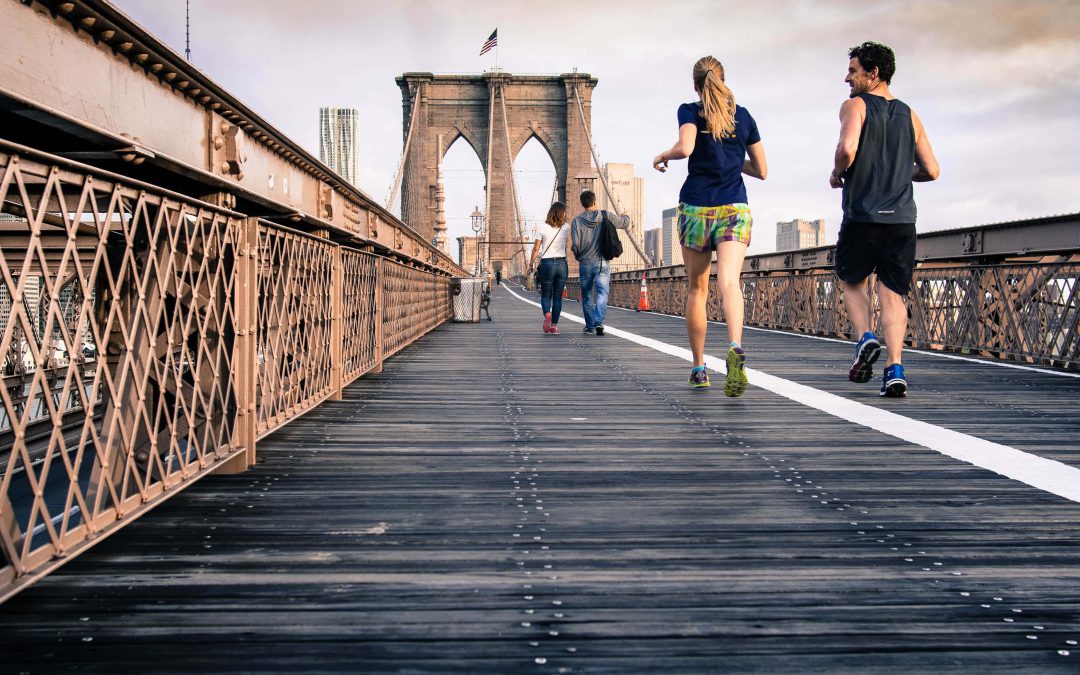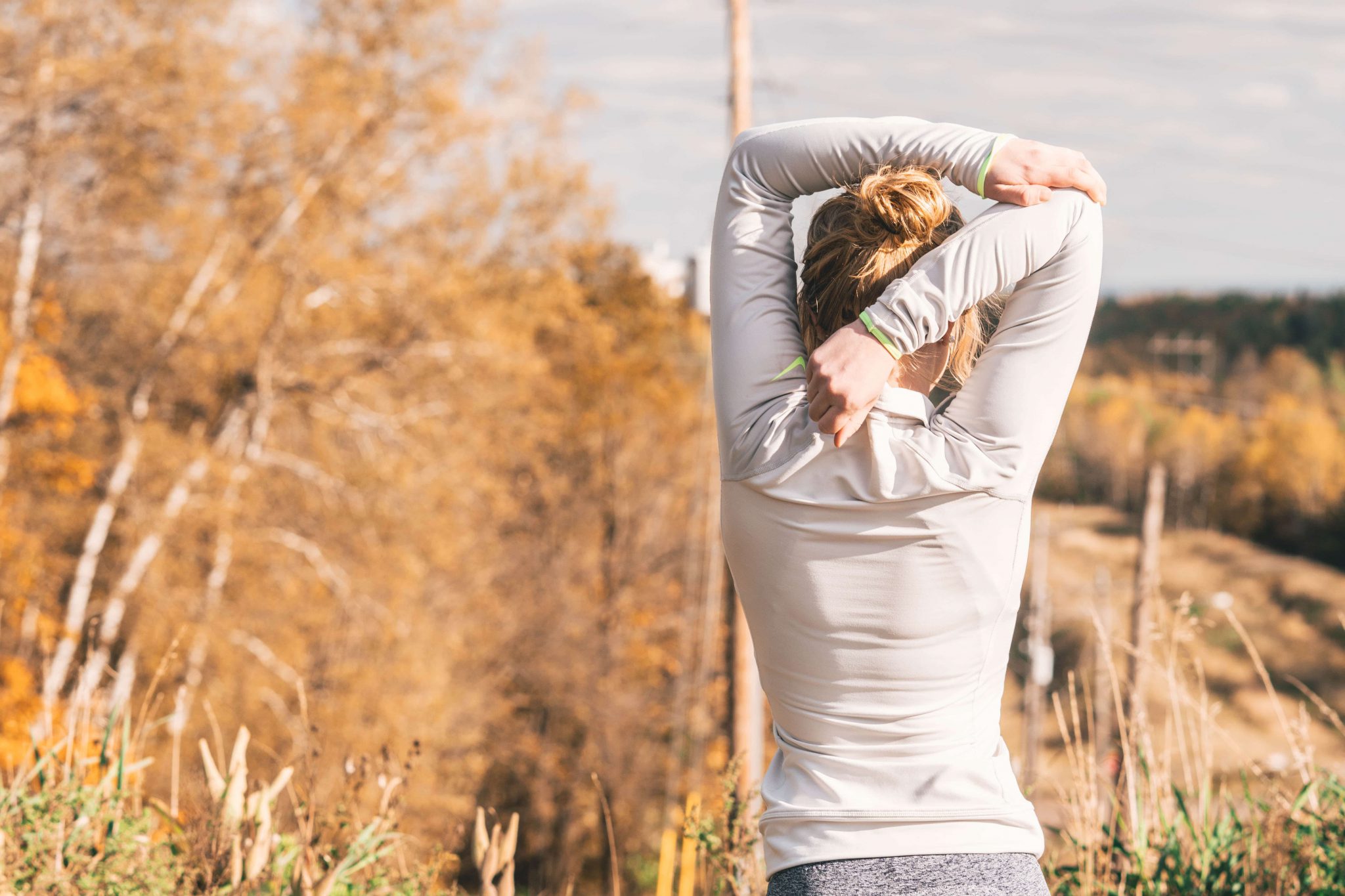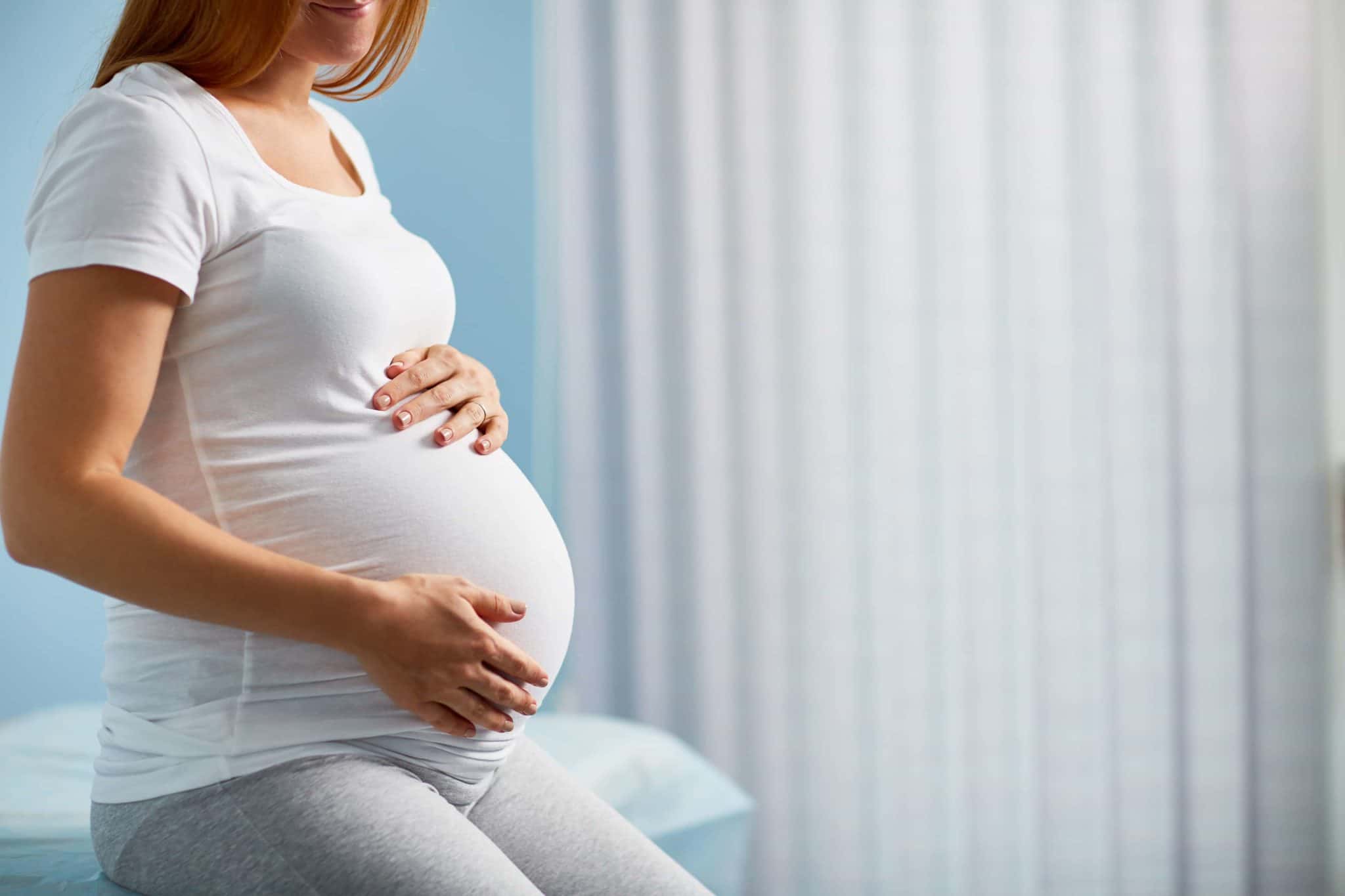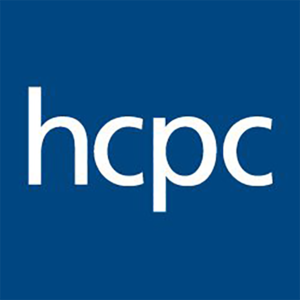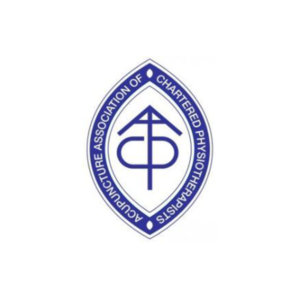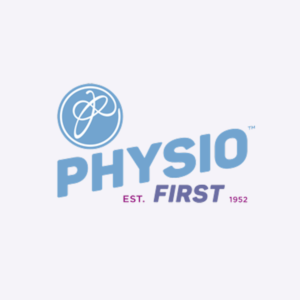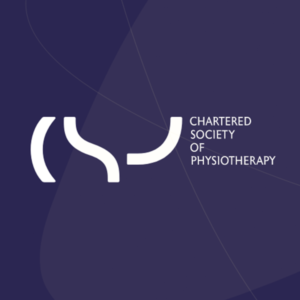So the conversation goes like this…
Me: Have you considered running as a form of exercise?
Patient: Running?! Not at all! All that pounding and impact can’t be good for your knees surely?
Well, actually, it is. However, it would appear the notion that running is bad for your knees is prevalent amongst society. A study found that, amongst the general public, 13% believed running to be detrimental to knee joint health, 26% weren’t sure and 48% thought, if you had osteoarthritis, running would make it worse (Esculier et al. 2018).
Despite a plethora of research suggesting otherwise (read on), these figures show there is still a great need to educate and reassure both the public and healthcare professionals alike regarding running and its effect on knees, as it appears many people have got the wrong end of the stick.
Now, I’m sure you have all heard the phrase “wear and tear”. I’m not keen on this slogan – it is used extensively in the medical world, but I don’t think it is a helpful term and can even have negative consequences for patients who may start to believe that their bodies are being “worn out” or even “rotting away” (Barker et al. 2009).
I’m not sure about you, but to me, “wear and tear” implies that the more you do, the worse it will get. A bit like the tyres on a car: the more miles you do, the more your tyres will wear down. But our bodies are not like cars. We are living human beings. We re-model and change every day! Yes, none of us are getting any younger, but our bodies have an amazing ability to grow, heal and repair, even as we get older (Suetta et al. 2009). Exercise does exactly that to our joints.

I like to think of our bodies not like cars but more like a complex ecosystem, adaptable and interconnected with many parts working together
Exercise (running included) is viewed as an essential component of osteoarthritis management (Bricca et al 2019). The mechanical loading generated through exercise has been shown to alter the function of articular cartilage and in some cases actually increases glycosaminoglycan content (Roos & Dahlberg 2005; Munakka et al. 2017). For those of you scratching your head, thinking, “Glycosaminoglycan what?” this is basically the stuff that makes up cartilage, which is the stuff that lines your joint surfaces!
There are loads of studies which show that running does not cause more “wear and tear” in runners compared to non-runners (Chakravarty et al. 2008; Timmins et al. 2017; Lo et al. 2018; Bastick et al. 2015). In fact, it can reduce knee pain, improve symptoms and actually repair previously damaged subchondral bone marrow oedema of the femoral and tibial condyles (bony bits in the knee) (Horga et al. 2019).
Amazingly, this study found that after a 30 minute run, inflammatory markers within the participants’ knee joints actually reduced after the run whereas in those that didn’t run there was no difference (Hyldahl et al. 2016). So, it appears that running is good for us and can have a protective effect on our knees and, in some cases, may even reverse the symptoms and structural damage caused by osteoarthritis (Horga et al. 2019).
And if you still don’t believe me, just ask this amazing lady, Eileen Noble, who this year at the age of 84 was the oldest competitor in the London Marathon. And she completed all 26 miles in just over 6 hours. Incredible!

For those considering running but not sure how to start, how much to do etc., the NHS has produced a link (see below) with some tips on running for beginners. Walk/Run programmes like ‘Couch to 5K’ are great for beginners and allow new runners to gradually progress to full running over several weeks.
https://www.nhs.uk/live-well/exercise/running-tips-for-beginners/
Alternatively, you could give us a call at PhysioCare for some expert advice. If you have any niggles or pains that are preventing you from trying, then get in touch and we would be happy to help you!
So there you go! Running should be encouraged rather than discouraged for its many health benefits and positive effects on our knees.
Not so much, “wear and tear” but more like “wear and repair.”
Thanks for reading.
Tom Robinson
Chartered Physiotherapist
